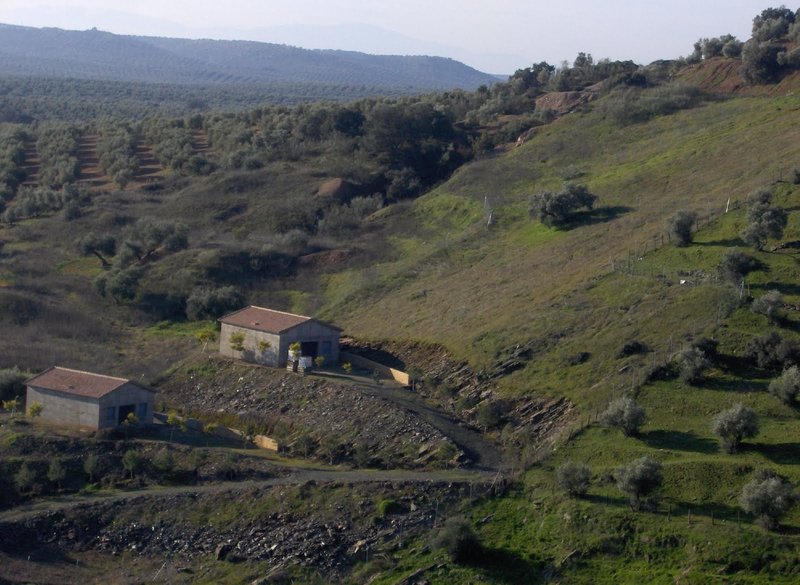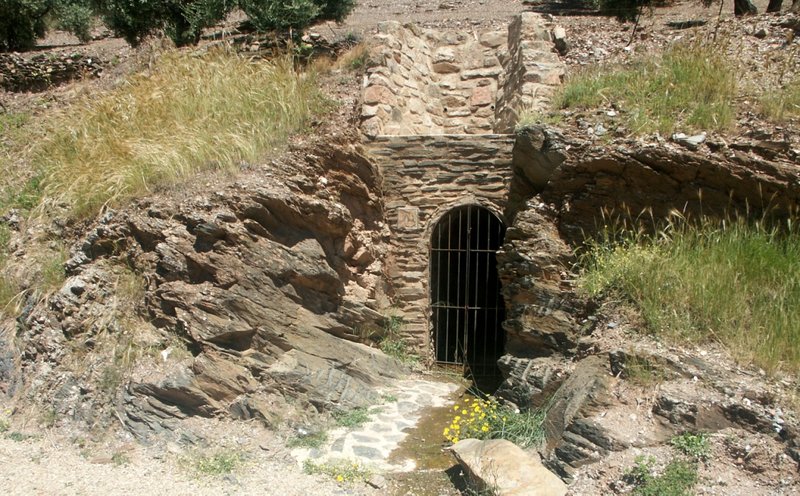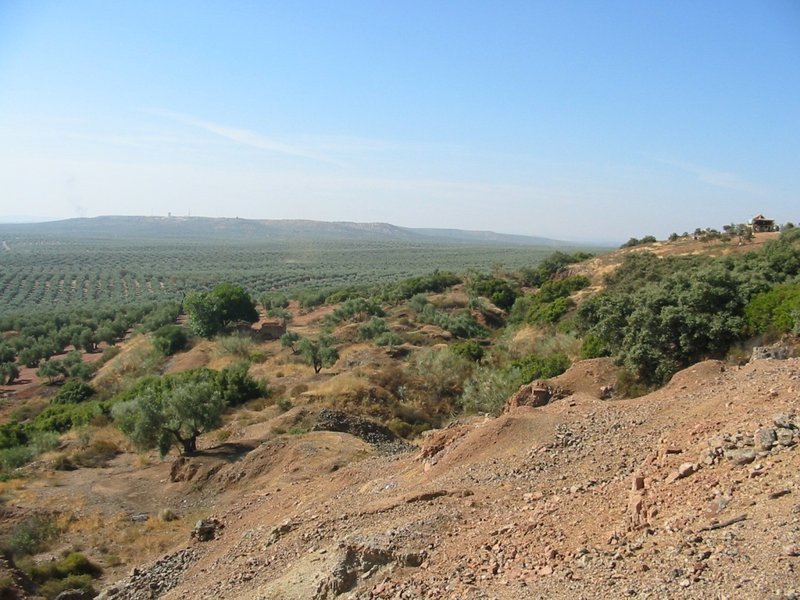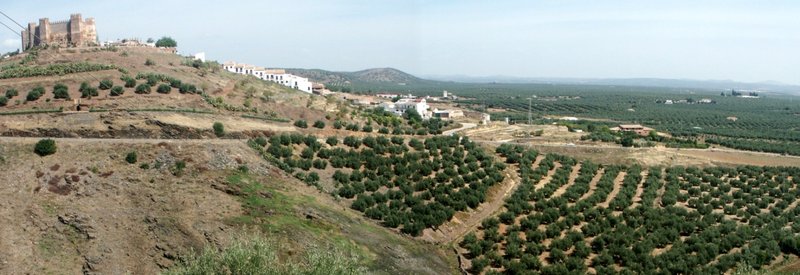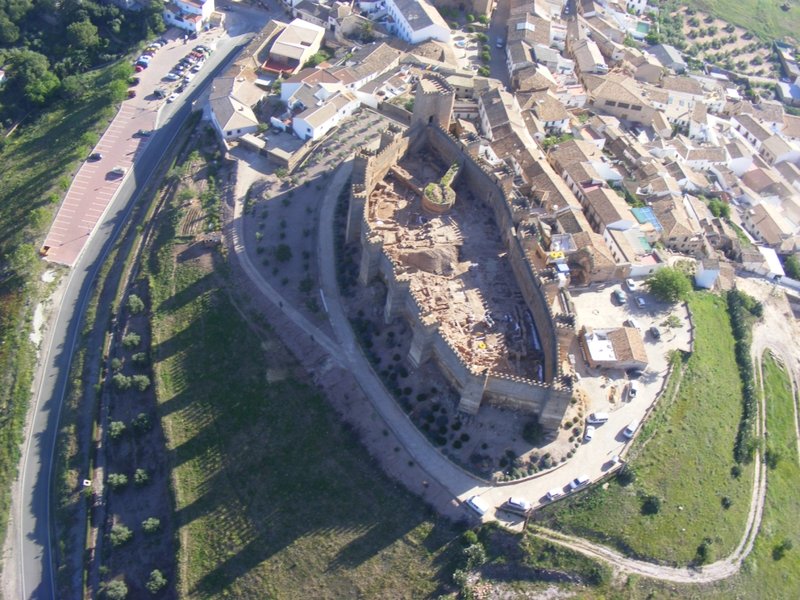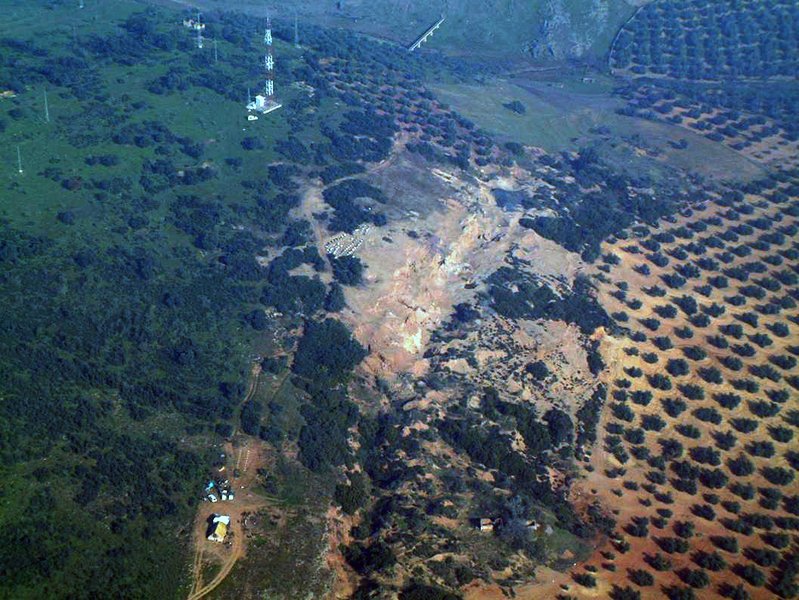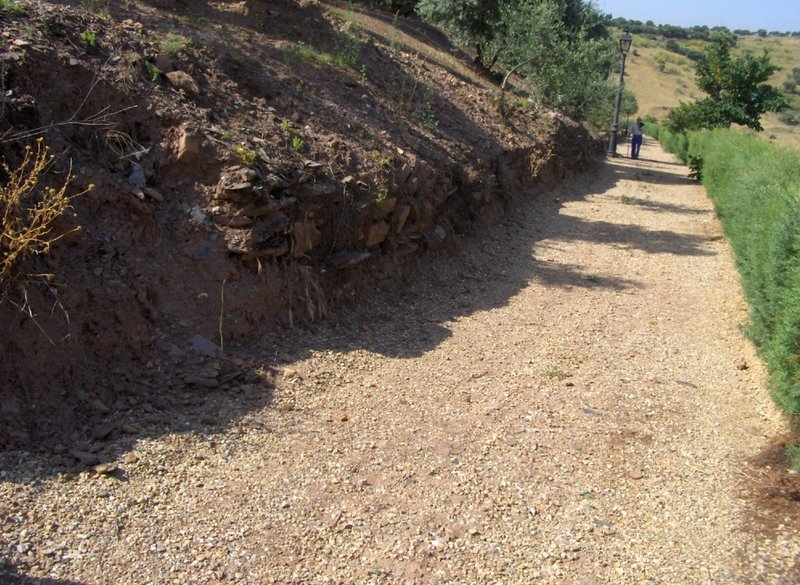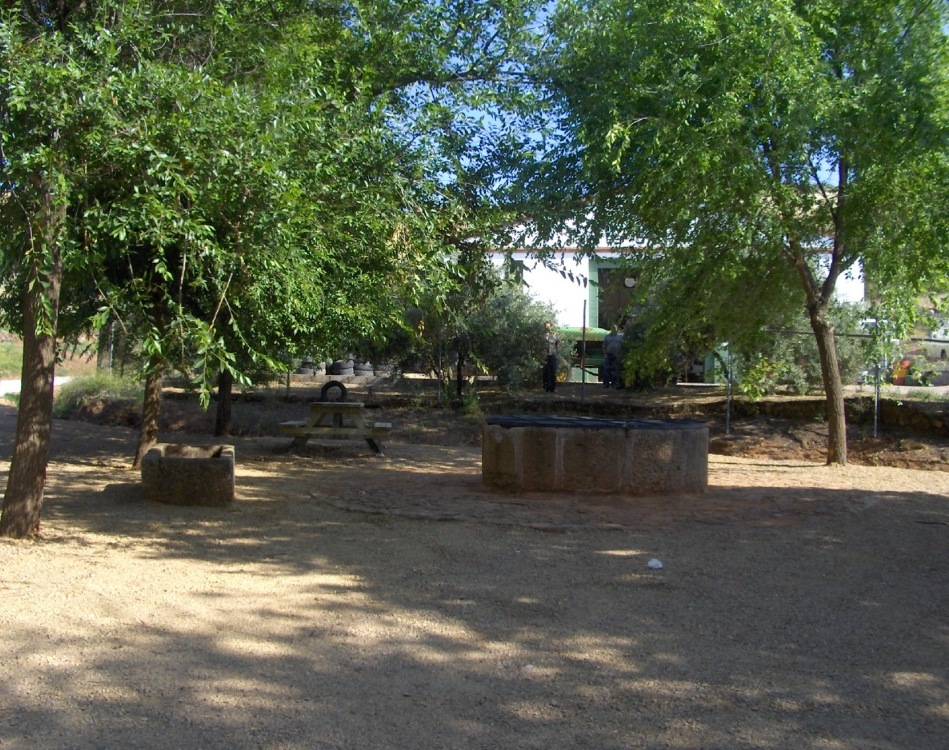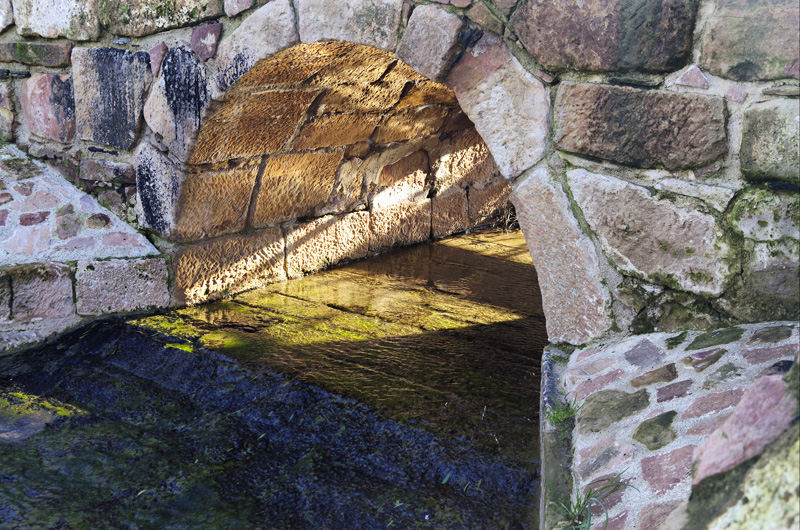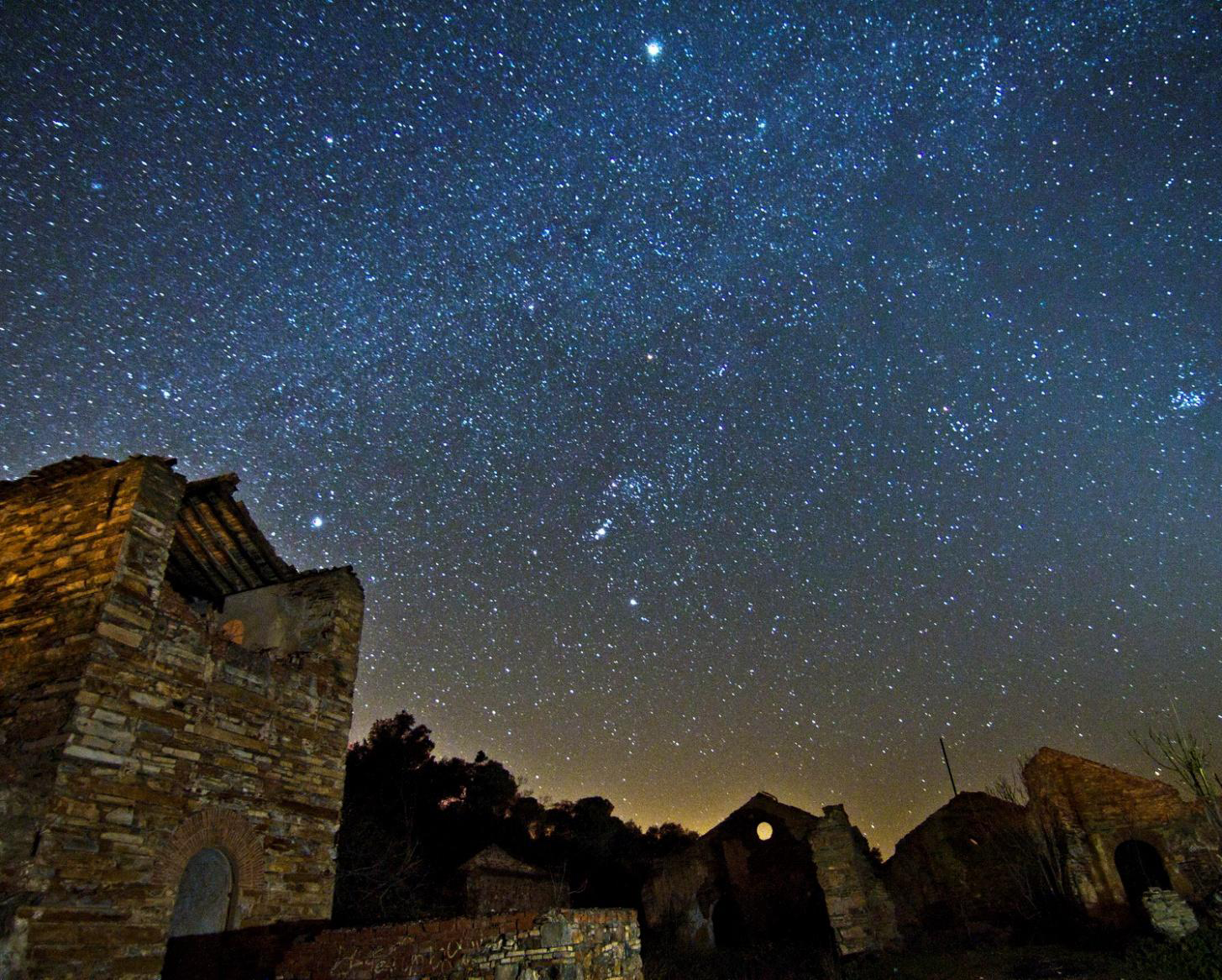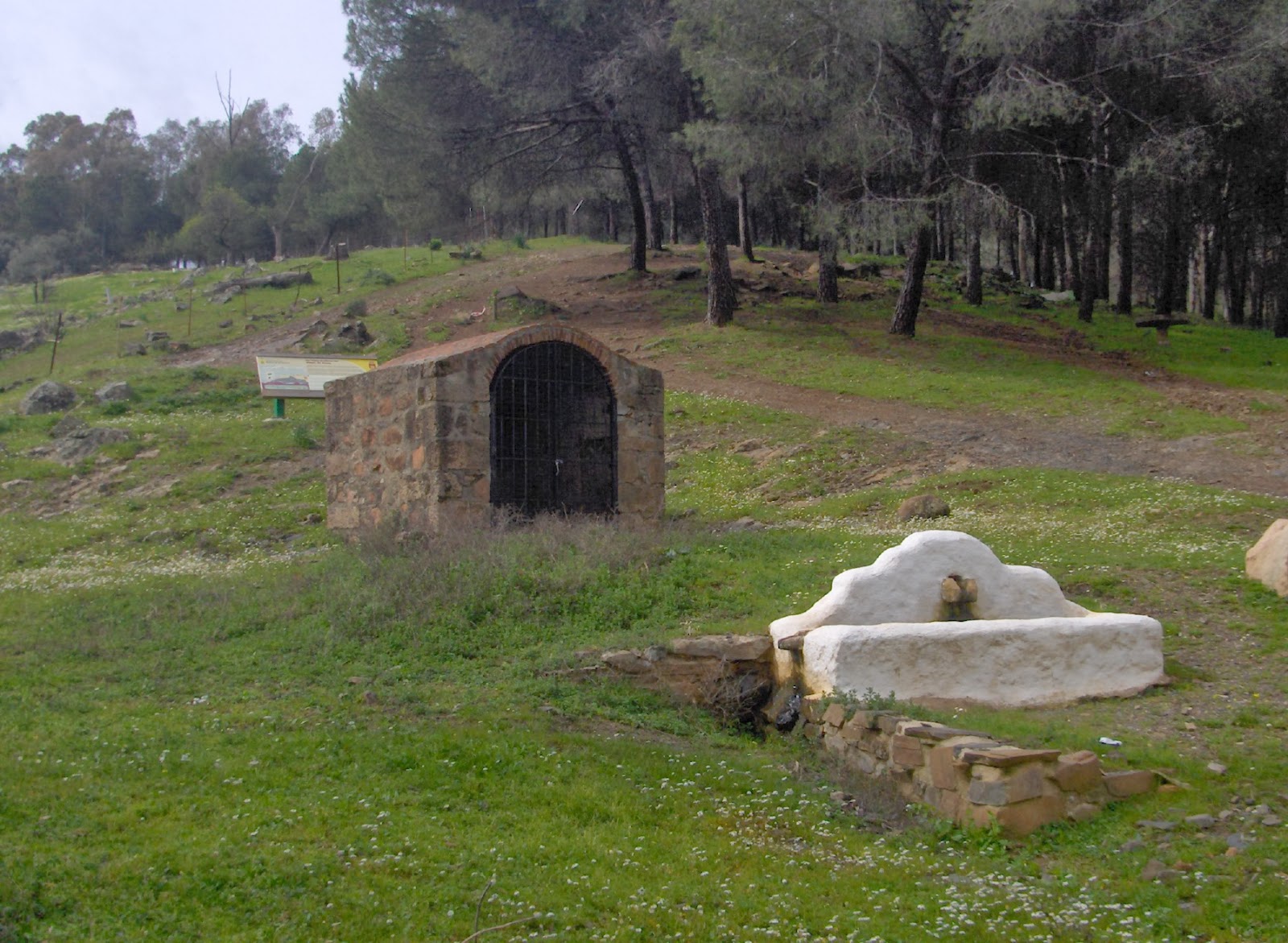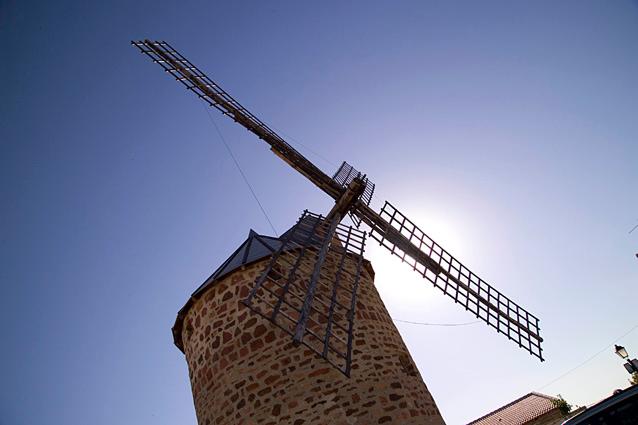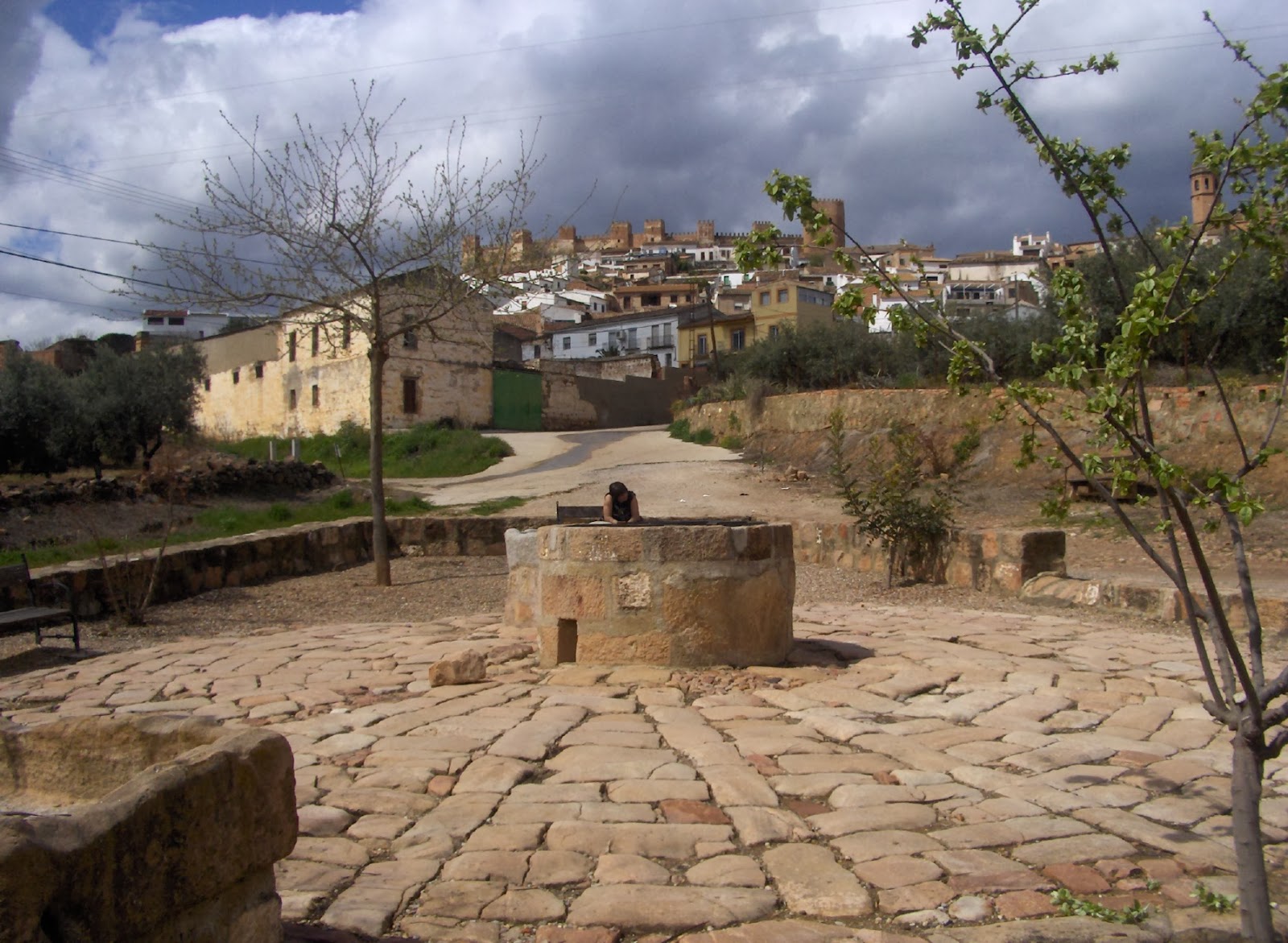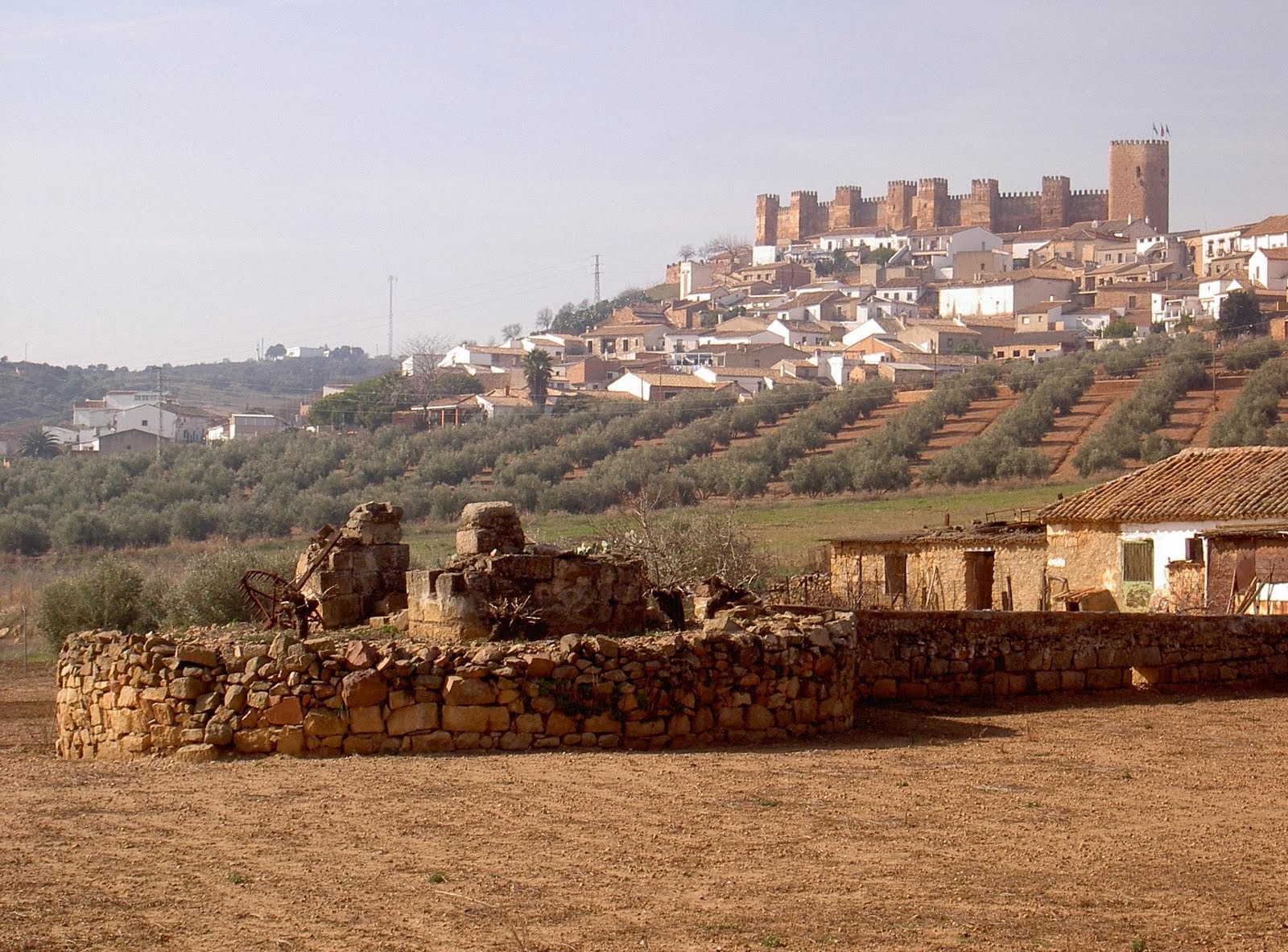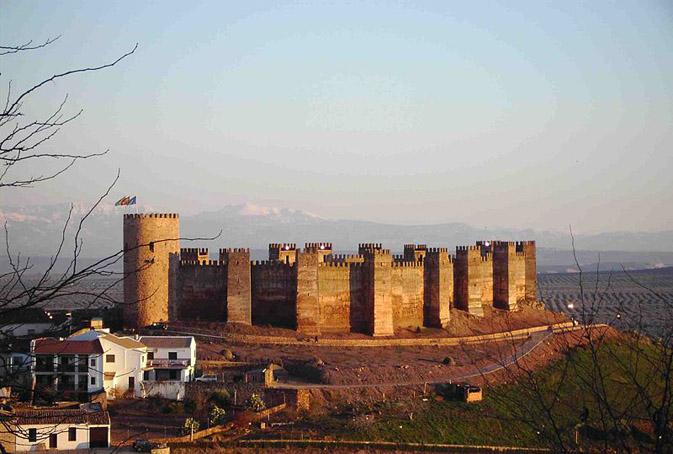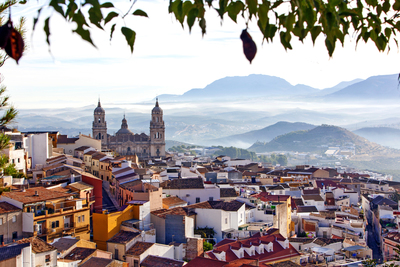Trinchera Romana del Polígono
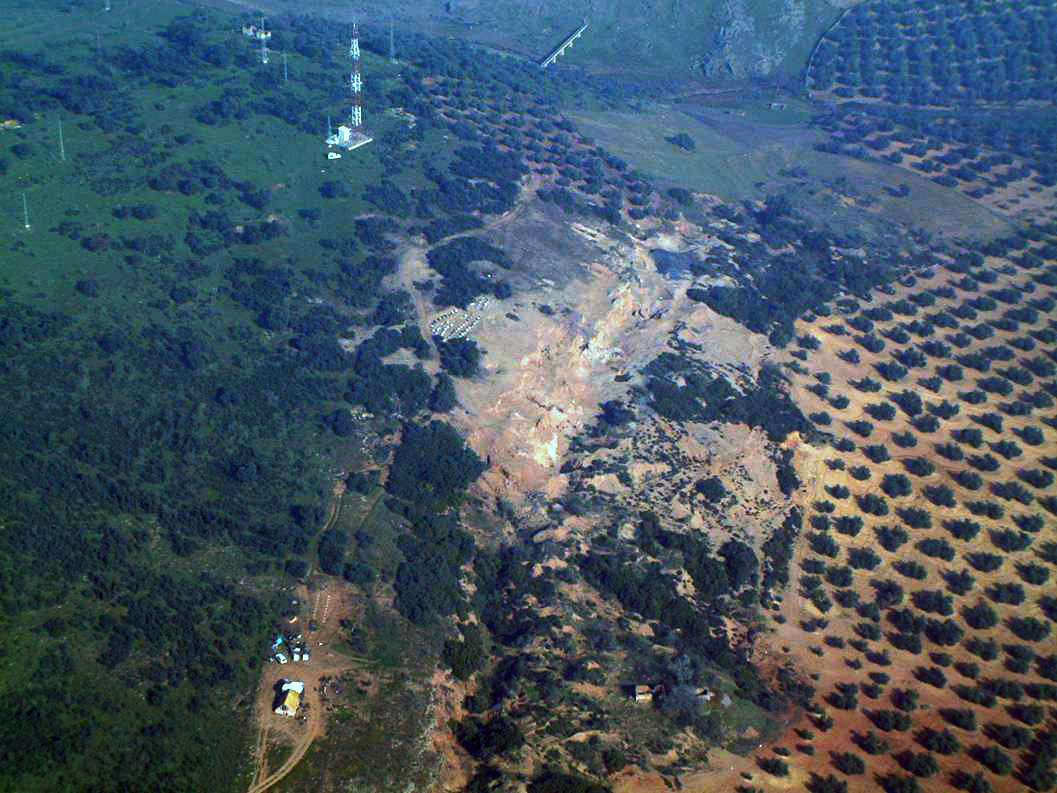
This large open-air mine or Trinchera Romana del Polígono, almost a kilometre long and rising up over a sea of olive trees, is just 500 metres south-west of Baños de la Encina and forms part of the La Geosendero de la Pizarrilla.
The Trinchera del Polígono comprises several old copper mines and other more recent lead mines and a stone quarry. The prehistoric remains are found in the upper area, around the radio transmitter. Here we find high concentrations of minerals (malachite and azurite) along with stibnite and very compact veins of crystal-clear quartz.
Close to these places, a Chalcolithic flint blade has been recovered, so it could be a mine from the Copper Age located just at the edge of the foothills, in the area where they meet the Linares-Bailén depression. Its strategic setting between two Chalcolithic sites, the Cerro del Tambor and the Baños castle, is significant.
This mine was also used in the Bronze Age by the El Argar culture. From this period and near the trench, numerous mining mallets or hammers have been documented, with a central groove for a handle, and a large amount of copper located in the slag heaps. The lead isotope analyses performed on minerals from this area and those found in Peñalosa have confirmed that much of the latter comes from this mine. Therefore, the Trinchera Romana del Polígono becomes one of the most important places for mining research into the Bronze Age in the region.

